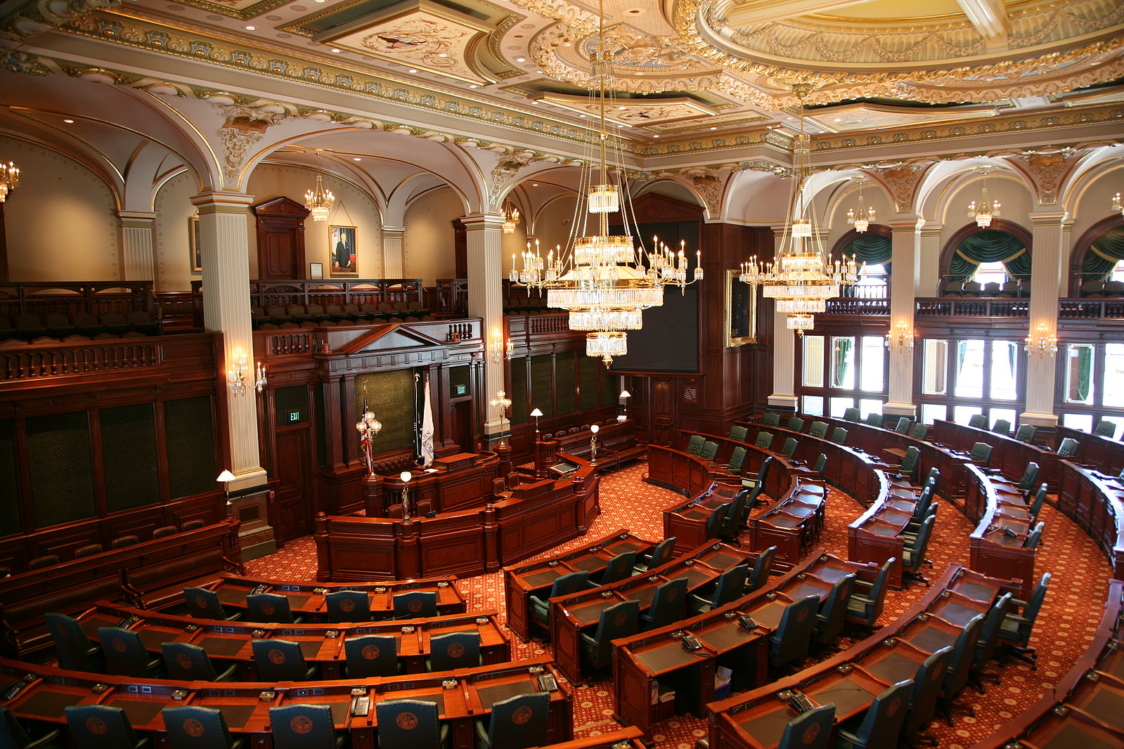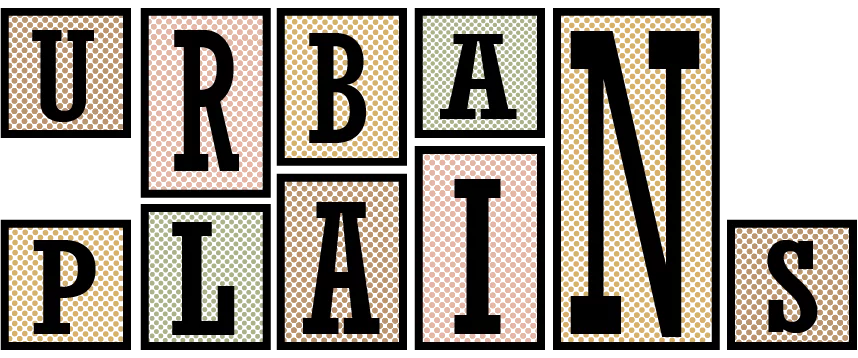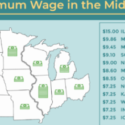After Illinois passed a new $15 minimum wage law to take place in 2025, the role of what the minimum wage does for the Midwest has come under question
Back on Feb. 19, Illinois became the first Midwestern state and the fifth U.S. state to approve a $15 per hour minimum wage by 2025. While this is a victory for people who work for a minimum wage, it raises questions regarding how people approach the minimum wage and how raising the minimum wage would affect other areas of the Midwest.
The promise of a $15 minimum wage has been a campaign promise from new Illinois Governor J.B. Pritzker, a Democrat.
While the Illinois minimum wage increase is important in many ways, there are different exceptions in how the law will be implemented for workers.
“It’s actually coupled with what we call wage subsidies, in that with firms with less than 50 employees, the state is gonna pay up to 25 percent, for some time period, of the cost of raising wages,” says Alexander Bartik, an economics professor at the University of Illinois at Urbana-Champaign. “And second, the law does kind of maintain the partial exemption of tipped workers in tip wage laws. So, the non-tipped wage does not have to reach the minimum wage.”
The third area where the $15 minimum wage has an exemption is younger workers who do not work full-time, making this change easier to stomach for employers.
The minimum wage increasing to $15 within the United States overall has been an important topic for more progressive Democrats in recent years, especially with the idea of a “living wage” that can help cover expenses that currently can’t be covered by working full-time under minimum wage.

The Illinois state legislature voted on a minimum wage bill quickly after the new session started, which newly elected Gov. J.B. Pritzker signed into law on Feb. 16. Picture by Daniel Schwen via Wikimedia Commons.
“You do often hear discussion about the need for the minimum wage to provide a living wage,” says Evan Totty, an economist at the U.S. Census Bureau. Much of this discussion comes from the fact that the minimum wage’s actual value has fallen substantially since that last federal minimum wage hike decades ago, Totty continues.
“Many states, counties, and cities have begun taking this issue into their own hands through their own minimum wage policies, but many states do not have their own minimum wage and instead rely on the federal minimum,” Totty says. “Therefore, the lack of any change in the federal minimum wage in a decade has caused growing dissatisfaction among many workers in these states.”
However, Peter Orazem, an economics professor at Iowa State University is skeptical about the concept of the “living wage” that is central to many of the Democratic Party’s approaches to the minimum wage, as Orazem thinks it is not well defined.
“You don’t pay people more if they’re single and pay them less if they are married to a spouse who makes a lot of money,” Orazem says. “So to some extent the term is a misnomer. It’s not true that they’re tying needs to the pay to the needs of the individual.”
Logan Lee, an economics professor at Grinnell College, says the issue of minimum wage has become more pronounced because of an increasingly robust economy.
“In general, minimum wage increases make the most sense when the economy is strong and unemployment is low,” Lee says. “We are in a period like that right now.”
While wage increases work for many workers in large cities, such as Chicago, there might be some problems getting a minimum wage increase statewide to smaller, less robust economies in rural areas of states.
“Cities like Chicago face significantly higher costs of living than the surrounding rural areas. Essentials like food, clothing, and especially housing just cost a lot more,” Lee says. “Given this difference, it is cheaper to live in rural areas and one can live more comfortably with less income. Given the gaps in cost of living and the prices of goods, minimum wage increases should be expected to have different effects in different areas.”
Therefore, it can be hard to definitively know whether or not a $15 minimum wage will be more beneficial than not for rural areas in states like Iowa or Nebraska.
“Cities like Chicago face significantly higher costs of living than the surrounding rural areas. Essentials like food, clothing, and especially housing just cost a lot more. … Given this difference, it is cheaper to live in rural areas and one can live more comfortably with less income.”
Logan Lee, Grinnell College economics professor
“If the minimum wage policy is well-designed then it can raise earnings, reduce poverty, reduce income inequality, and do these things without reducing employment,” Totty says. “To meet this goal, some individuals have advocated that a more optimal minimum wage policy may be to have local minimum wages that are a fraction of the local median wage.”
But there are still debates about the effectiveness of minimum wage increases.
“Economists are actually pretty divided on whether higher minimum wages are good or bad overall. Workers who stay employed clearly benefit, but some minimum wage workers will lose their jobs, and prices for goods that rely on minimum wage labor will go up,” Lee says. “Recent evidence from Seattle suggests that the net effect of recent minimum wage increases was bad on average for low wage workers, but when the policy is implemented statewide it is more difficult for firms to shift production outside of the area with the higher minimum wage.” However, this was at least in part because many businesses in Seattle moved out of city limits to avoid the minimum wage requirements, Lee asserts.
Bartik says there may be mixed results for rural workers under the minimum wage increase, however.
“There are negative employment effects that also might be larger in more rural areas,” Bartik says. “Some of the potential benefits might be higher, but some of the costs might be higher. It’s an empirical question on how this plays out.”
Bartik says much of the literature on the minimum wage increase is based on smaller wage increases like only a few dollars, so a wage hike might need to be looked into more based on more empirical evidence.
“Smaller minimum wage increases tend to in general … although there’s some dispute about this … be that they don’t have super large negative employment effects and they do have earnings benefits to the worker,” Bartik says. “However, I think the jury’s out on larger minimum wage increases, like the one that was just passed in Illinois, and, to some extent, the jury’s still out about what the long-run implications of what these minimum wage increases will be.”
The $15 minimum wage also does not have the same kind of effects as it might compared to the coastal states, especially because living conditions are generally cheaper in the Midwest.
“Higher wages on the east coast and west coast reflect the fact that the cost of housing is so high there,” Orazem says. “A $15 minimum wage is not gonna bite on the east coast or west coast. It’s gonna bite a lot more in the West and the Midwest and the South. … It makes more sense to have a minimum wage that’s tied to local costs. But remember, if you wanted to have a living wage, you would in fact have those tied to local costs of living, but that’s not what the proposals are.”
As the minimum wage debate continues into the new presidential election season, the long-term effects of a minimum wage increase will continue to be central to the discussion.
Graphic by Mia Tirado. Picture by Daniel Schwen via Wikimedia Commons.

